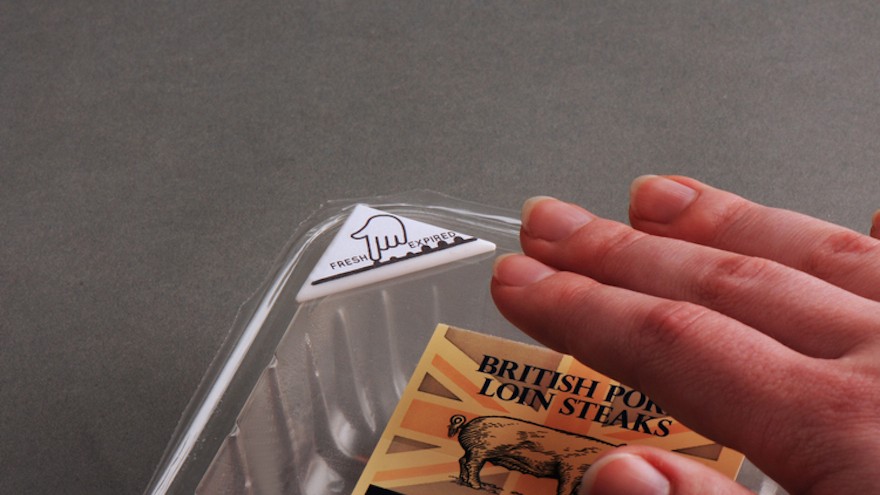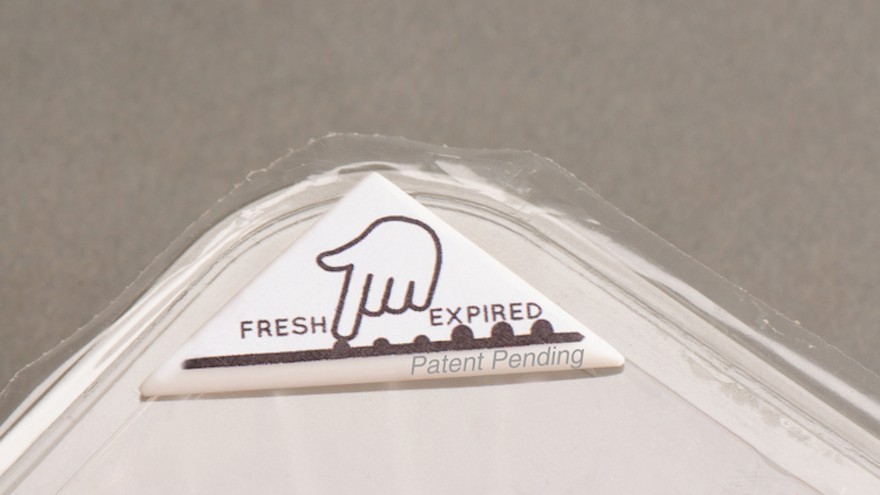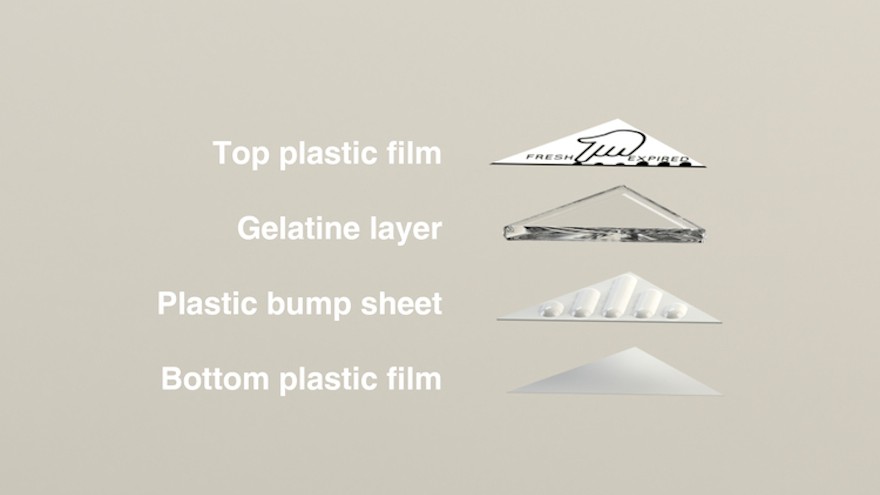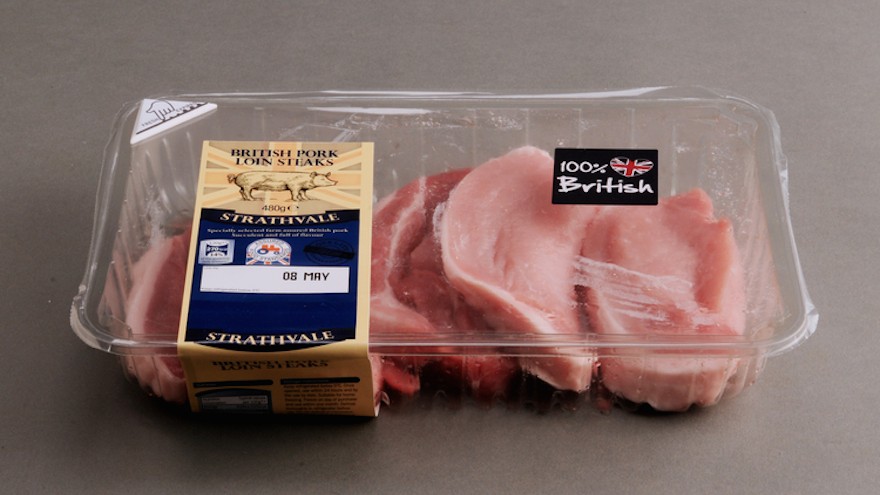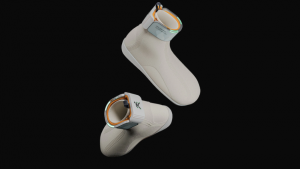From the Series
In the United Kingdom alone, approximately 7 million tonnes of household food is thrown away every year. According to a report by the United Nations Environment Programme (UNEP), industrialised countries waste 222 million tonnes of food annually – a number nearly equivalent to sub-Saharan Africa’s net food production of 230 million tonnes.
Considering that food waste is a global problem, it’s little wonder why the bio-reactive food expiry label innovation, Bump Mark won the prestigious James Dyson Award for its engineering ingenuity last year. The idea first came to the young industrial designer Solveiga Pakstaite while she was considering how visually impaired people know when their food has gone off.
The outcome of this single thought is the Bump Mark – a label that acts as a tactile indicator of food quality, and an innovation that could significantly change the high levels of household food waste every year. A consumer is able to tell the condition of a food item by running a finger over the label. If it’s smooth, the food is fresh but if it’s bumpy, then the consumer knows that the food has expired.
The technology behind the design is quite simple. Four layers make up the label, and in between the top and bottom plastic films are a layer of gelatine and a bumpy plastic layer. Gelatine is a protein that decays at the same rate as any protein-based food. Therefore, the label’s gelatine layer mimics the packaged food’s process of decay, giving more accurate expiry information. As the gelatine breaks down into a liquid state, a consumer can start to feel the bumpy plastic layer underneath.

